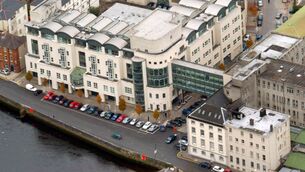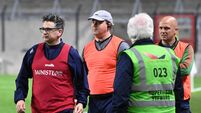Anaesthetist shortage raises surgery risks
The claim was made by the College of Anaesthetists of Ireland and the Association of Anaesthetists in Great Britain and Ireland after the first national audit of the sector.
According to the report, published in the latest edition of international medical journal Anaesthesia, Irish anaesthetists are being “overstretched” compared with their British counterparts due to serious staff shortages in the system.
While the NHS employs 21 of the specialists for every 100,000 people, in Ireland the rate is 18.5. As a result, anaesthetists in this country perform an average of 720 procedures a year compared with 450 in the NHS — a 60% higher rate.
Due to the demand on the specialist medics, the study says just four of the 46 Irish public hospitals and 20 private hospitals examined but not named in the research fell below the average anaesthetist workload in Britain, with 10 reporting workloads twice as high and two reporting workloads four times as high.
It says that one in every three anaesthetists’ first contact with a patient is during the surgery itself, with just 15% seeing someone on the ward beforehand or in pre-operative assessment clinics — despite these units being set up to improve patient safety and minimise risks involving the use of anaesthetics.
While a number of reports have been drawn up by the Department of Health over the past decade to address the manpower and resources issue, the study says that “none have been fully implemented”.
Speaking to the Irish Examiner, College of Anaesthetists of Ireland president and lead author of the research, Dr Ellen O'Sullivan, said the staffing problems are increasing the risk of errors during surgery.
The consultant anaesthetist at St James’s Hospital in Dublin said that, in a bid to avoid this issue, theatres have been closed at one in three hospitals examined due to anaesthetist shortages, causing waiting list delays for non-emergency patients.
While Dr O’Sullivan stressed that those working in the area do not take risks and aim for “perfect standards”, she said the issue must be addressed.
The Department of Health did not clarify how many anaesthetist posts are currently unfilled in Ireland at the time of going to press.
However, medics have previously raised concerns over the issue and the potential danger it poses to patients.
The most recent high-profile case came in 2010, when a senior doctor warned that the level of cover was “highly unsafe for patients and staff” after it emerged nine of the 14 anaesthetist junior doctor posts at Our Lady of Lourdes Hospital in Drogheda were unfilled at the time.












